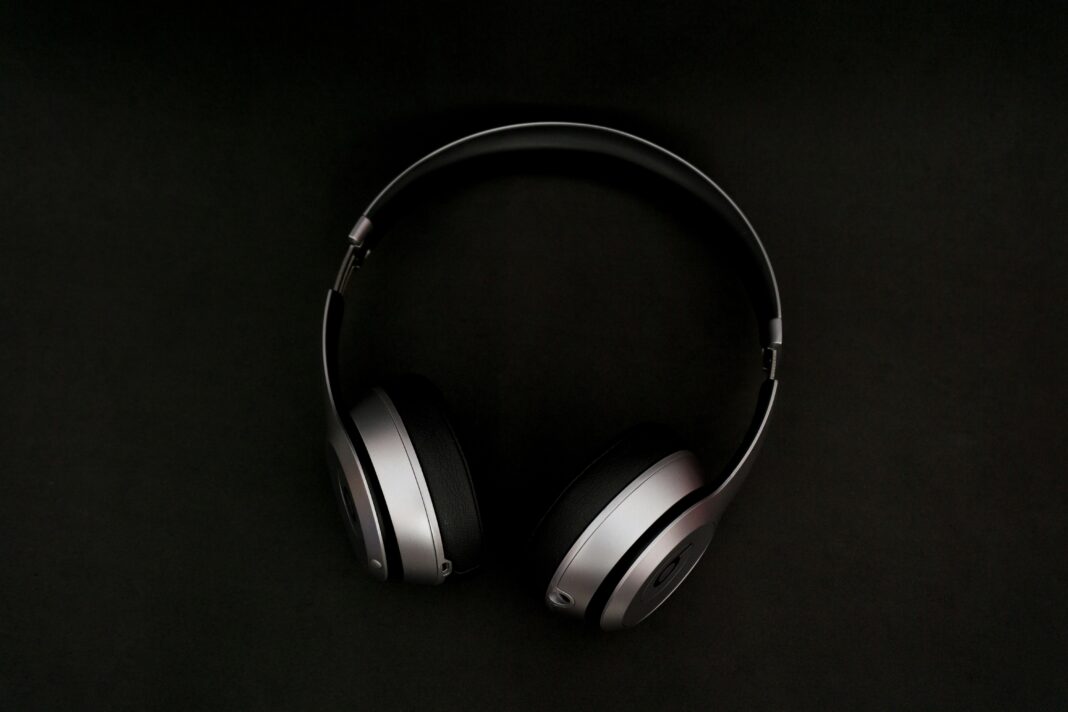How you pay attention to your personal music can be drastically impacted by means of the headphones you pick out. Over-ear and on-ear headphones, two of the most unusual varieties, each have particular benefits and traits. Knowing the key variations between wi-fi and noise-canceling headphones is crucial whether you need to buy one or are looking into the newest versions, along with Bose wireless headphones.
To help you in choosing the option that best meets your needs, this thorough guide will explain all you need to know.
- Gain talent with the use of over-ear headphones
It was created to cowl your ears and make listening first-class and fun. Because they are typically large and more powerful than their in-ear opposite numbers, over-the-ear headphones are in all likelihood to provide an exact benefit, especially to individuals who value comfort and excessive-end sound.
The benefits of over-ear headphones
Sound exceptional: Because of their effective drivers, over-the-ear headphones commonly have deep bass, clear mids, and threatening highs.
People who value sound over flexibility, such as music professionals and music lovers, love them.
Comfort for Long Listening: In general, over-ear headphones are more comfortable, especially when used for a long period of time. By resting around the ears, the ear cups reduce the pressure that on-ear models sometimes allow to build up.
Effective sound Isolation: One of the key advantages of over-ear headphones is their ability to effectively filter out outside sounds. Whether you’re working in a noisy setting or traveling, over-ear models offer a natural restriction to improve your ability to focus on the music.
Advantages of the generation that wipes out the noise: In standard, the fine alternative for noise-canceling headphones is an over-the-ear pair. It is ideal for those who tour regularly or work in noisy regions due to the Active Noise Cancellation (ANC) feature.
Benefits of Big Design Over-Ear Headphones: One of the primary dangers of over-ear headphones is their size. It may be easier to build because it’s far larger than other headphones.
Heat accumulation: Even though the foam ear cups are snug, some customers may additionally enjoy soreness if their ears are too warm after a short duration of use.
- Testing in-ear headphones: What approximately is the era at the back of headphones?
Earphones, additionally referred to as “supra-aerial” headphones, in shape inner your ear without stretching. Generally smaller and lighter than in-ear headphones, they’re perfect for listening on the cross. While they may no longer provide the same silence as headphones, they will generally allow more consumers to concentrate on higher-quality audio.
Benefits of over-ear headphones
That’s all: the over-the-ear headphones are shorter in length and lighter than the ones they changed.
They are usually a fantastic option for anyone who values mobility and home. On-ear headphones are easy to carry if you’re a person who travels about much.
Balanced Sound Quality: On-ear headphones produce amazing sound quality but use smaller drivers than over-ear partners. On-ear models of many high-end companies, such as Bose wireless headphones, provide rich, healthy sound without the weight.
Airflow: On-ear headphones are typically more breathable because the ear cups don’t totally enclose the ears. For people who experience heat buildup with over-ear versions, especially after long listening periods, this is advantageous.
Affordability: For users on low incomes who still want high-quality audio, on-ear headphones are an excellent option because they are usually less expensive than over-ear rivals.
The cons of in-ear headphones
Very Useful Noise Separation: On-ear headphones allow more outside sound in because they don’t form a complete seal and instead relax on the ears. Because of this, they are less successful than over-ear alternatives at filtering background sounds, even when it comes to noise-canceling headphones.
Pressure on Ears: The direct pressure that on-ear headphones place on the ears over long listening sessions could lead to pain. Some people may experience pain or discomfort with long-term use.
- Key Features Between Over-Ear and On-Ear Headphone Features
Let’s look at the main differences between the two types of headphones by analyzing their features.
1. Size and Portability
Earphones: Due to their size and weight, these headphones are not suitable for travel, but they are good for use at home or work Not very useful for traveling or exercising, but they do provide they get a more pleasant listening experience.
Ear plugs: Over-the-ear headphones are easy to carry and store because of their small size and convenience. They are ideal options for users who need a practical alternative to work or travel while on the go.
2. Sound Quality
Because they frequently provide larger drivers and greater sound quality, over-ear headphones are a favorite choice for music fans and those who enjoy advantages. The closed-back design offers a rich and detailed audio experience.
But they might not have the same depth and richness as over-ear headphones, on-ear headphones offer respectable sound quality, especially for higher-cost versions like Bose wireless headphones.
3. Comfort
Over-ear headphones are more comfortable for long listening times because of their bigger size and ear-enclosing shape. By relaxing around the ears, the foam ear cups reduce pressure.
On-ear headphones: Because they put pressure on the ears, they can get uncomfortable. But because they are lightweight, they are easier to use and more suited for limited usage.
4. Noise Isolation and Cancellation
Earphones: These devices usually have active noise cancellation (ANC) features and are very effective in modulating sound. A seal is formed around the ear and reduces outside noise, making it attractive to buyers of noise-canceling headphones
Over-the-ear headphones are ineffective in sound filtering because they do not completely cover the ear canal. The experience may not be as extensive as with hypercar models, although some devices do have ANC.
5. Price
Because they have more work, stronger drivers, and better materials, over-ear headphones are typically more expensive. Be ready to spend extra money if you want high-end sound.
On-ear headphones are often less expensive, but high-end models can still cost more, especially if they have wireless and noise-canceling qualities.
6. Which Should I Pick?
Choosing between over-ear and on-ear headphones boils down to your private tastes and supposed use.
Over-ear headphones are the first-rate alternative if comfort and sound excellent are your top concerns.
They’re good for work-from-home environments, gaming, and home listening where you want to cut out outside noise and focus entirely on the music or content.
On-ear headphones can be a better option for you if you need something portable and are always on the move. They are good for travelers, travelers, and people who listen lightly since they provide a decent mix of comfort and sound quality.
Brands like Bose wireless headphones provide both over-ear and on-ear models with noise-canceling technology so you can have the best of both worlds if you want to enhance your listening experience with modern features.
Conclusion
It’s important to take your particular needs and choices with you whilst selecting between over-ear and over-ear headphones. Over-the-ear headphones are ideal for short listening periods because of their superb consolation and sound quality. However, headphones are lightweight and ethereal, which makes them perfect for common flights. Whatever choice you’re making, spending cash on an amazing pair of headphones—like Bose wireless headphones or in-store noise-canceling headphones—will enhance your listening enjoyment and keep you engaged for hours.





